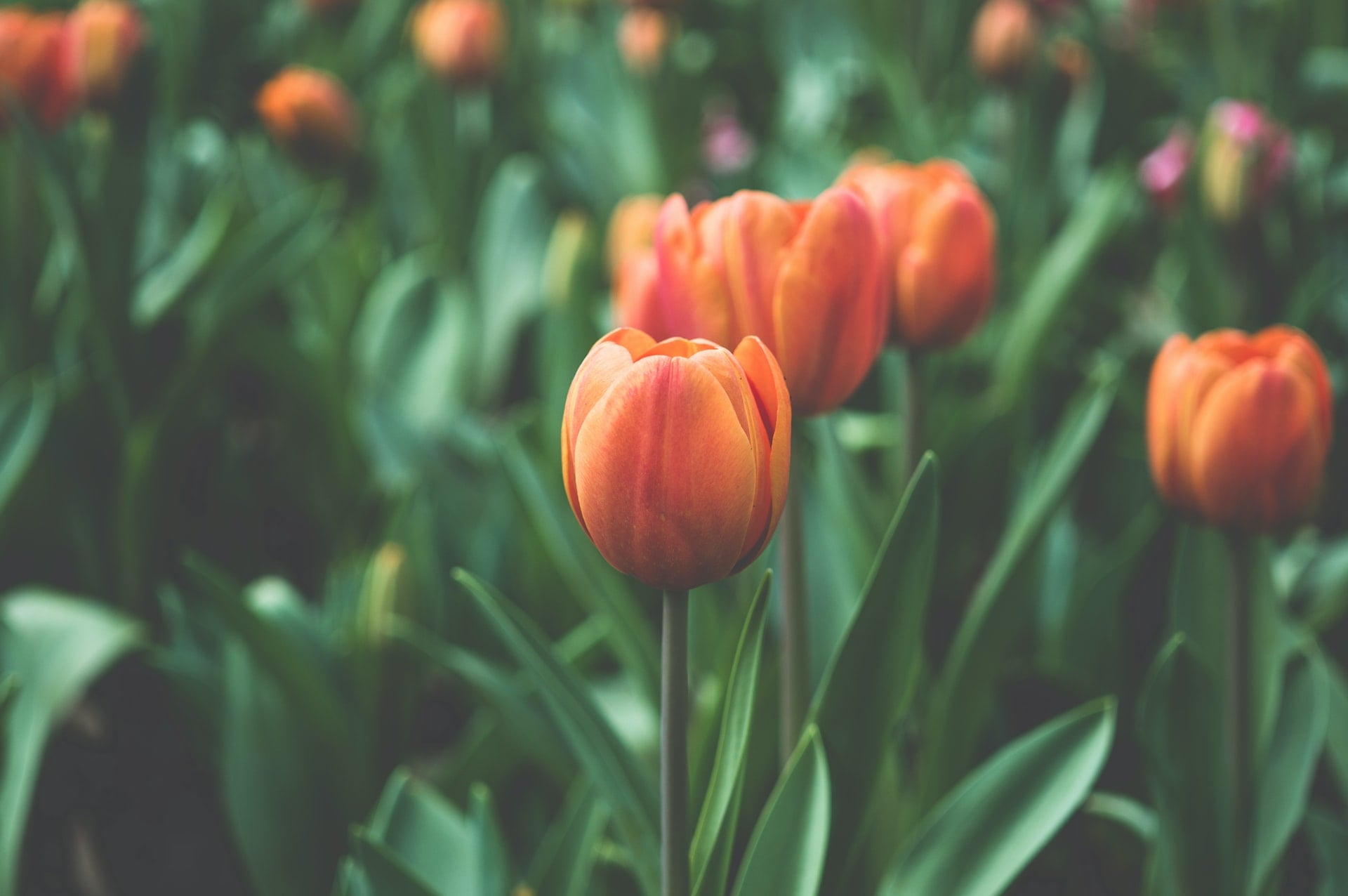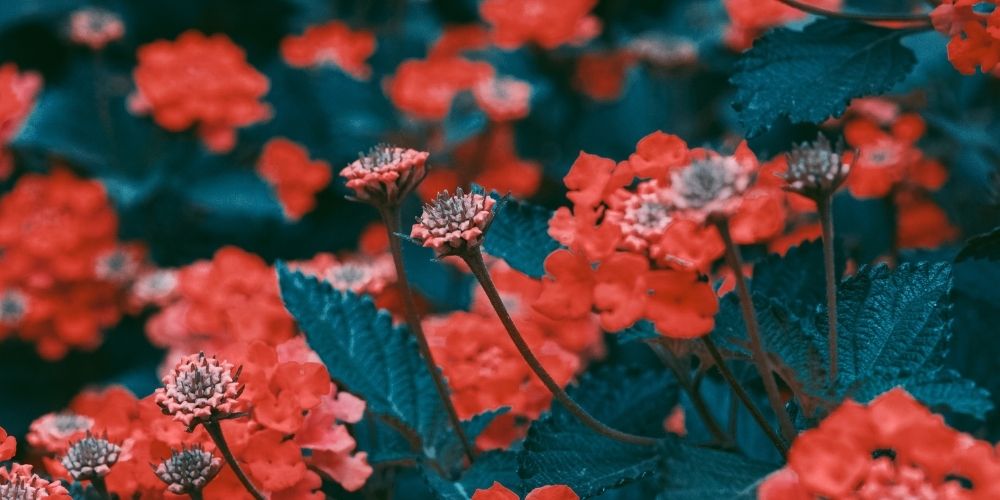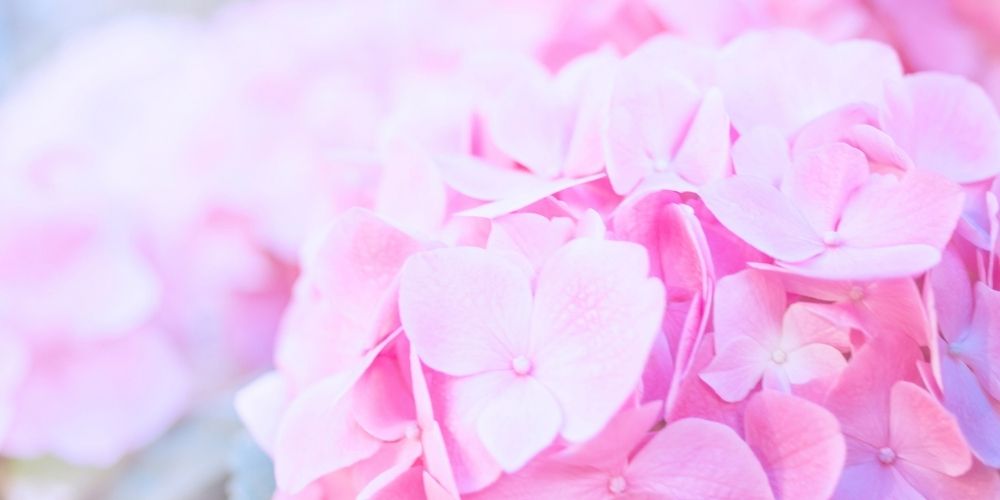Even with their higher general life span as compared to many of their short-lived relatives, varying conditions could potentially kill off your perennials earlier than what you expected. In such cases, the earliest sign and symptom that something had gone wrong could be determined with just one look.
Generally speaking, the leaves of healthy perennials should be among the different shades of green. If you notice that some leaves start to become yellowish in color, then something must have gone wrong and you need to address it before it gets worse. Some of the root causes could be drainage problems, lack of soil nutrients or stress.
In this article, we’ve curated some of the most common reasons why the leaves of your perennials are turning yellow.
What are Perennials?
Perennials are simply a type or classification of plants that could typically last for 2 years or longer. This makes them a popular addition to gardens around the world as keeping them tends to be much less costly than replanting those types that are short-lived. Below are some of the potential reasons your perennials’ leaves have turned from vibrant shades of green to yellow.
Drainage Problem
The most typical answer to why the leaves of plants turn yellow could be found in the amount of water in the soil where you have planted it. As it goes with everything else, too much or too little water in the soil could negatively impact the growth of a plant. Different types of soil or soil mixture also have varying amounts of water retention capabilities.
In such cases, before you do anything else, always check first the condition of the soil simply by feeling it. Take a soil sample and determine if it’s too muddy or if it’s too dry then try to adjust your watering schedule accordingly.
In the meantime, you could also transfer your perennials to another place which you think is much more suitable than its current location such as another garden plot, if you have any. If your plant settles in nicely to its new home, then you can just leave it there while you try to fix the problem on its original pot or plot.
Lack of Soil Nutrients
Just like us humans, plants also need varying amounts of nutrients so that they can grow healthy and strong. A typical mistake that a beginner gardener makes usually involves their lack of knowledge on soil nutrients and even just soil in general.
This is much more relevant when you understand that different plants need different levels of nutrients wherein one could need more magnesium than others such as hibiscus, which is another type of perennial plant.
But you do not need to be a genius or a veteran to know about this stuff. You simply need to acquire some soil testing kits from your nearest garden center or supplies store. Just learn how to use it and find out the optimal distribution of nutrients that your perennials need on the internet then simply adjust accordingly by adding the insufficient nutrient.
Stress
If you’ve done all you can and your plant is still sick or even dying, then it could mean that your plant is not really happy in its home. Even though plants cannot show it like how animals and us do it, they too can be stressed out, and being stressed out too much could adversely affect their health and growth.
In the case of plants, too much sun or even too much wind could give them a lot of stress which in turn would physically manifest in the form of the yellowing of their leaves. Even transferring them to a new pot or plot of land after buying them from a store could pose a lot of stress to them due to the sudden change of environment.
If this is the most probable cause for you, then you can just transfer them to another location where they won’t be affected much by their stressors.















